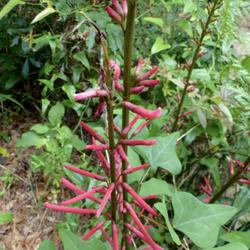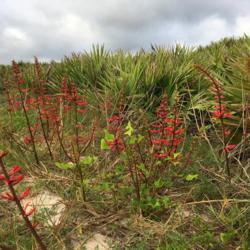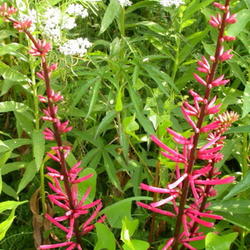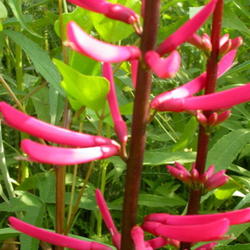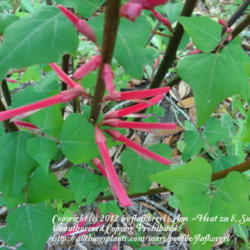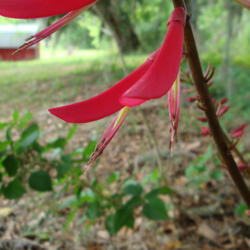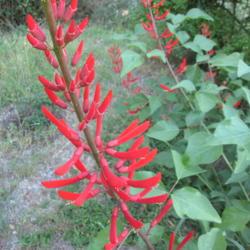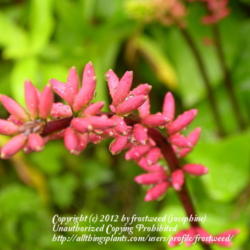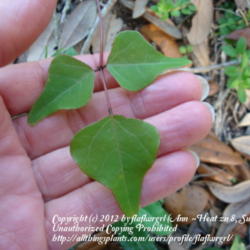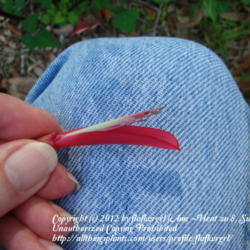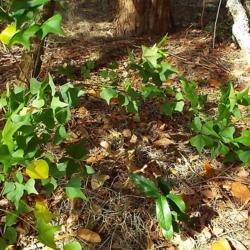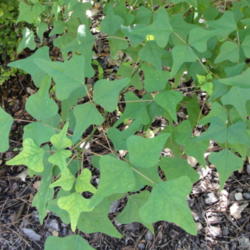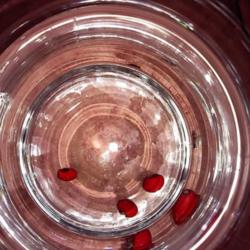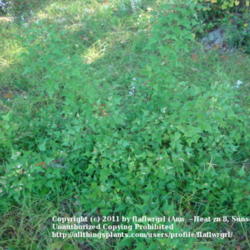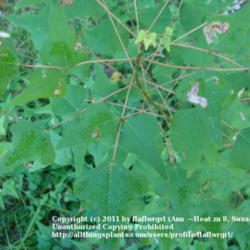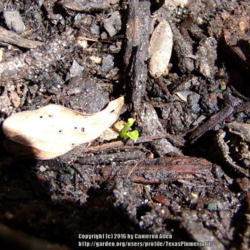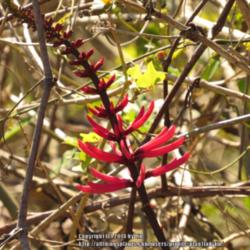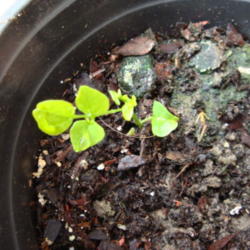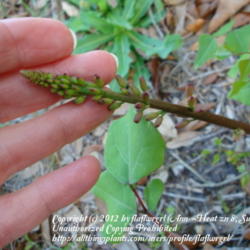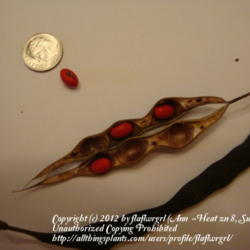| Plant Habit: | Herb/Forb Shrub |
| Life cycle: | Perennial |
| Sun Requirements: | Full Sun to Partial Shade Partial or Dappled Shade |
| Water Preferences: | Mesic |
| Minimum cold hardiness: | Zone 8a -12.2 °C (10 °F) to -9.4 °C (15 °F) |
| Maximum recommended zone: | Zone 10b |
| Plant Height: | 3 to 5 feet |
| Plant Spread: | 3 to 4 feet |
| Leaves: | Deciduous |
| Fruit: | Showy |
| Flowers: | Showy |
| Flower Color: | Orange Red Other: Coral to scarlet-red |
| Bloom Size: | 1"-2" 2"-3" |
| Flower Time: | Late winter or early spring Spring Late spring or early summer Summer Winter |
| Underground structures: | Taproot |
| Suitable Locations: | Xeriscapic |
| Uses: | Will Naturalize |
| Dynamic Accumulator: | Nitrogen fixer |
| Wildlife Attractant: | Bees Birds Butterflies Hummingbirds |
| Resistances: | Humidity tolerant |
| Toxicity: | Leaves are poisonous Roots are poisonous Fruit is poisonous |
| Propagation: Seeds: | Suitable for wintersowing |
| Propagation: Other methods: | Cuttings: Tip Division |
| Pollinators: | Various insects |
| Miscellaneous: | With thorns/spines/prickles/teeth |
